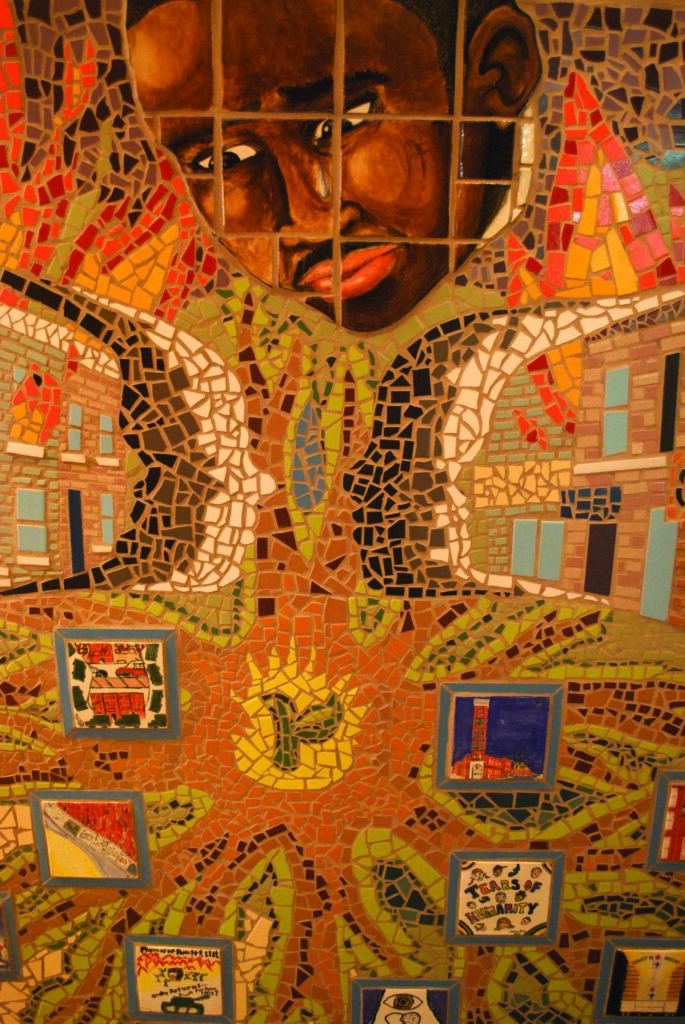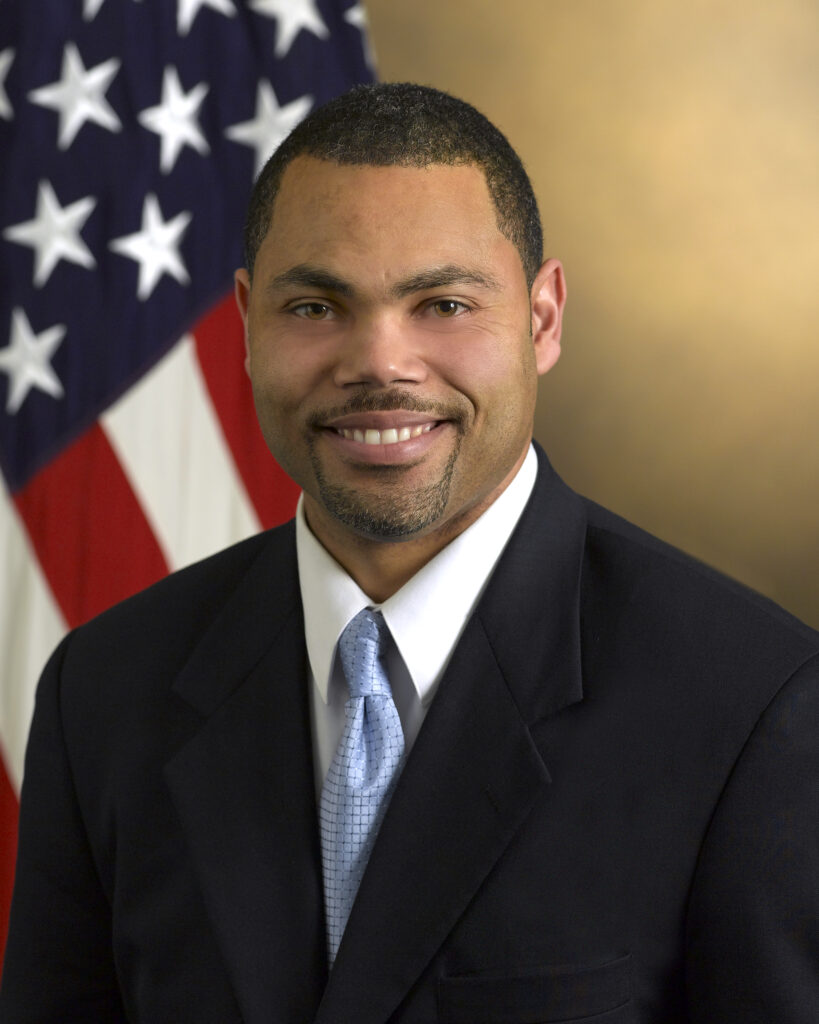UMBC President Freeman A. Hrabowski, III takes your questions.
Q. What book do you recommend that every young person read before they go out into the “real world?”
A. Right now, I think it’s important for students to be constantly reading. And to read even more when they go into the real world, because life is changing in so many ways.
Now if I were forced to choose a book, I would say Thomas Friedman’s Hot, Flat, and Crowded today. Because it focuses on the need for a green revolution, the impact of technology, the critical role that research on energy will play and the need for innovation and nation-building. It puts America into the global context.
Q. I am impressed by UMBC’s growth, but it seems like the arts are getting the short side of the stick. Are there plans to increase the budget for the arts at UMBC or to expand course and degree offerings in visual arts, theatre, writing and music?
A. It’s a great question. The arts and humanities are very much alive here. The fact that we have a new College of Arts, Humanities and Social Sciences (CAHSS) has to do with our continued commitment to build those disciplines. And our number-one capital project – a $150 million facility – is the new performing arts and humanities building for which we have gotten planning funds, and hope to receive construction funds, in order to break ground in 2010.
I spent time today presenting our proposal for construction funds for that facility. And we’ll be spending time every day with legislators and people representing the Governor’s office, about the importance of that building. The fact is that the arts and humanities building, over the next few years, will transform the campus physically and aesthetically.
The development of our Humanities Scholars Program and our Linehan Artist Scholars program is especially significant in attracting high-achieving, talented students in the arts and humanities and getting them support here. Building a community of scholars. And the Dresher Center for Humanities itself is a very strong intellectual initiative on our campus, focusing on research and teaching in the humanities.
More and more is happening in those areas. I invite alumni to come back to some of these activities. And to serve as mentors to our current students.
I’m especially excited about the Kauffman entrepreneurship grant, which is heavily focused in the arts. People expect it to be in economics and engineering – and while those programs are involved, we have a lot of faculty in the arts and the humanities involved in entrepreneurship initiatives, with the thought that we should be preparing students through infusion of entrepreneurship into the curriculum, to be businesspeople. Because if you think about it, when someone starts a photography studio or a dance studio, it is a business that is designed to elevate people culturally, but also to make money. We are being creative about connecting entrepreneurs and the arts.
Q. Aesthetically, where do you think the university will be in five years? What kind of campus should I look forward to seeing when I visit a few years down the line?
A. The greening of UMBC. That is our theme. Every time alumni come back, they will see more trees, bigger trees, more shrubbery, more flowers and more initiatives focused on the environment…. An emphasis on making the campus physically and aesthetically appealing to newcomers and alumni as well as faculty, staff and students.
With $400 million in new construction – and with the new arts and humanities building, it will be half a billion – it has been important to focus on the well-being of the environment. I think the biggest difference between the campus today and the campus 20 years ago is grass and trees. We’ve gotten rid of a lot of the concrete and laid down grass. And there are never enough trees. The growth of the trees is symbolic of the growth in the stature of the university itself.
Tags: Fall 2009



